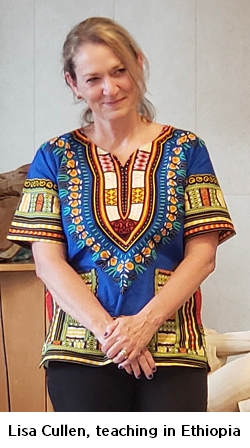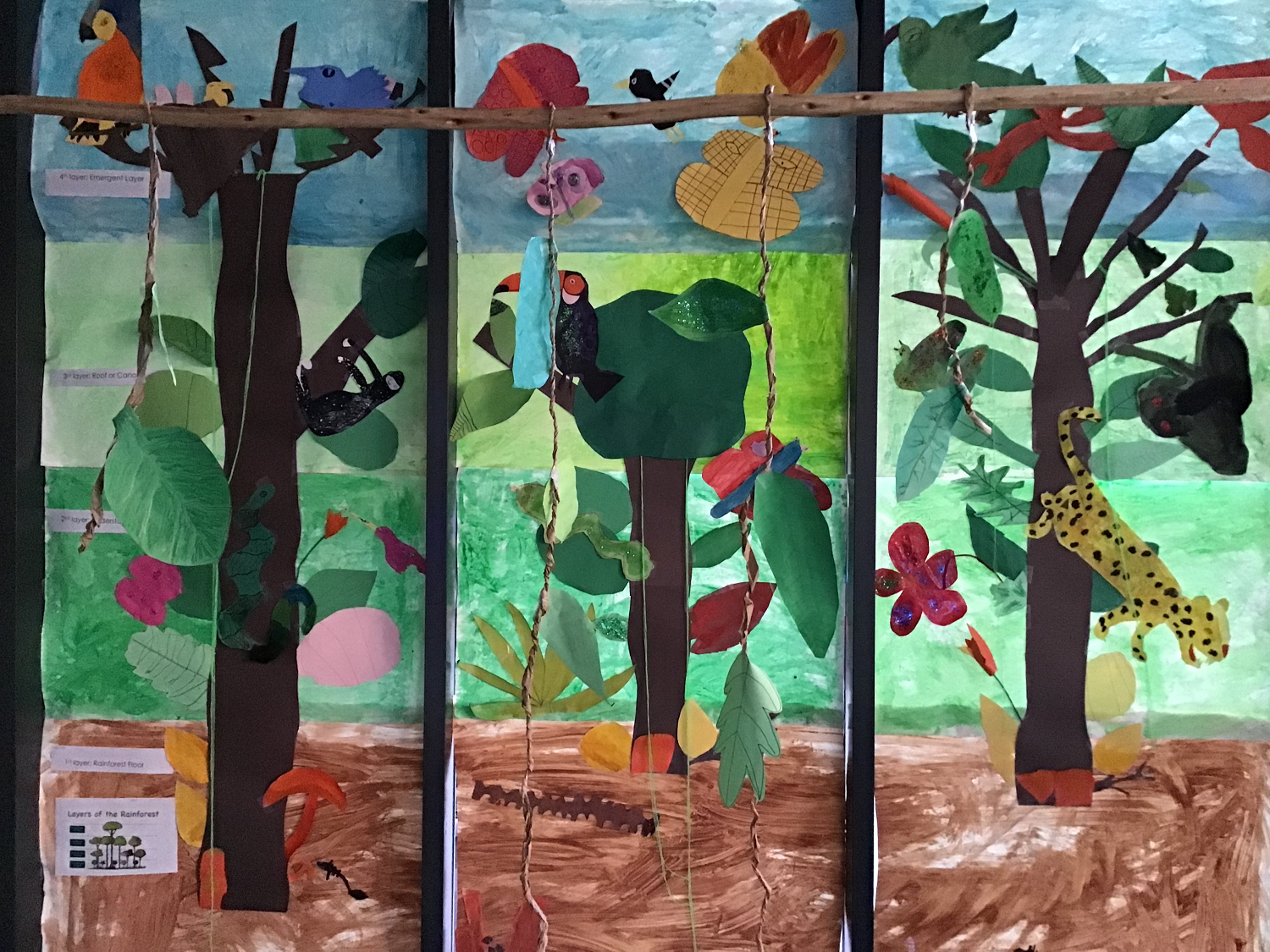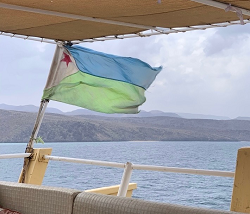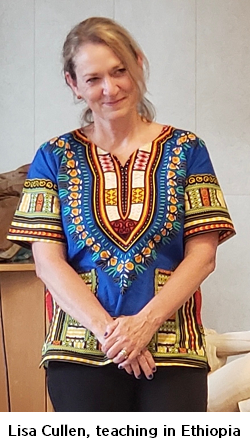One TESOL Professional’s Exciting Global Trajectory: An Interview With Lisa Cullen

For this month’s blog, I interviewed Lisa Cullen, a TESOL professional who has had a long and fascinating career teaching other TESOL professionals and multilingual learners of English at all levels, across many countries and several continents. Lisa and I were colleagues at the University of California Davis teaching in their Intensive English and Contract Language Programs early in our careers, and since then I have followed her professional journey with interest and admiration.
 Hi Lisa! I wanted to interview you as I know you’ve had an exciting TESOL career teaching teacher educators and multilingual learners of English from elementary grades through college and across multiple continents and many countries. So, my first question is about your educational journey and how you came to the TESOL profession.
Hi Lisa! I wanted to interview you as I know you’ve had an exciting TESOL career teaching teacher educators and multilingual learners of English from elementary grades through college and across multiple continents and many countries. So, my first question is about your educational journey and how you came to the TESOL profession.
Lisa: Thanks for the opportunity, Bernadette. I graduated with a BFA in art history from the University of Texas at Austin and, not long after that, joined the U.S. Peace Corps. I was fortunate to go to Thailand. Our language training was initially through the Silent Way. It was my first experience learning a tonal language, and the approach was eye-opening, as it was a distinctive way to acquire a language. Two years later, on my last volunteer day, I saw a poster advertising the Monterey Institute of International Studies (MIIS) on the Peace Corps office wall. When I returned to the United States, I applied and was fortunate to get in.
I had a great two years at MIIS studying TESOL. Years later, as our daughter was learning to read, I became interested in the science of reading and writing. This interest led me to an MS in teaching, learning, and curriculum with a Pre-K–4th grade teaching credential from Drexel University.
Can you talk about your teaching journey? What were your early positions, and where did those take you?
Lisa: I worked briefly for the Asia Foundation in Bangkok after teaching English in a secondary school and doing teacher training workshops in rural Thailand. It was a wonderful experience working with a group of Thai students who would study in a short exchange program in the United States and a group of American students studying in Thailand. After that, I taught Business English classes to executive leaders in Juarez, Mexico, in various university-intensive English language programs in California and Massachusetts. I eventually did an English language fellowship program in Kazakhstan, training English language teachers in different provinces.
Your professional trajectory took you from teaching adults to teaching in K–5. Where and what have you taught since earning your multiple subjects teaching credential?
Lisa: Yes, I discovered that I liked working with younger learners. They are less inhibited and more inquisitive. I worked in the IB Primary Years Program for eight years in Ethiopia at the International Community School of Addis Ababa. I recently finished a contract in Burkina Faso at the International School of Ouagadougou, where I taught and designed curricula for their health and social-emotional learning programs.
What has been the most significant benefit or gift of this professional life experience?
Lisa: My professional and personal life has allowed me to collaborate with people worldwide. I feel comfortable in cross-cultural settings and like learning to problem-solve in different countries. Those who get the chance to do this type of work are allowed to see that people around the world are fundamentally the same and seek the same opportunities in life: health and safety for their loved ones, education for their children, and a happy and peaceful existence.

In this blog, I’ve focused on Earth education, ecological literacy, and all things related to allowing diverse life to thrive on the planet. Can you talk about your teaching of this content to multilingual learners of English by giving a specific unit example?
Lisa: Designing and facilitating a Sharing the Planet unit in an IB Primary Years Program is an excellent educational experience using the context of ecological literacy. We had Grade 1 students research the unique characteristics of animals and how these traits help them survive in their habitats. Students enjoyed watching videos, reading short texts, writing informational books, and re-creating large habitats in our classroom spaces. (See rainforest habitat project photo above). It was amazing to reflect with the students on the experience; they could often transfer these concepts to their living situations. I think more and more educators use these environmental concepts and connections to teach because they are relevant to what is happening on our Earth.
I often find that I develop ecoliteracy lessons around my own interests and experience. Is there something that comes to mind for you from your own experience upon which you might develop an engaging ecoliteracy lesson?
 Lisa: A year and a half ago, my family and I visited Djibouti and snorkeled with whale sharks, which could be the basis for an exciting lesson on marine life! (The photo to the right is of the Djibouti flag on whale shark dive boat.) But another thing that stood out and would be a great connection to the study of aquatic life was the amount of litter on the streets in Djibouti. There appeared to be no organized waste removal in the city. Djibouti is a massive port of entry for that region of Africa, so as you travel around, you see huge shipping docks and containers everywhere as well as litter — large and small piles wherever you look. This could be a good starting point for a unit of inquiry and problem-solving for learners, where questions like “Does this industry contribute to the piles of litter we see on land and floating in piles in the ocean? If so, how does this impact whale sharks and other marine life? And how is or can this issue be addressed?” I know I found myself asking these questions and am still curious about the answers.
Lisa: A year and a half ago, my family and I visited Djibouti and snorkeled with whale sharks, which could be the basis for an exciting lesson on marine life! (The photo to the right is of the Djibouti flag on whale shark dive boat.) But another thing that stood out and would be a great connection to the study of aquatic life was the amount of litter on the streets in Djibouti. There appeared to be no organized waste removal in the city. Djibouti is a massive port of entry for that region of Africa, so as you travel around, you see huge shipping docks and containers everywhere as well as litter — large and small piles wherever you look. This could be a good starting point for a unit of inquiry and problem-solving for learners, where questions like “Does this industry contribute to the piles of litter we see on land and floating in piles in the ocean? If so, how does this impact whale sharks and other marine life? And how is or can this issue be addressed?” I know I found myself asking these questions and am still curious about the answers.
I agree! Authentic units based on observation, inquiry, and problem solving are often really powerful. Given this breadth and depth of experience, what advice would you offer other TESOL professionals who want to explore the world while teaching, as you have?
Lisa: Work collaboratively with your fellow educators. Allow yourself to be vulnerable in front of your colleagues, share ideas to create more rigorous learning experiences for learners, and be flexible and open to trying new things, even outside your cultural comfort zone. It takes a team of educators to create an engaging, comprehensive program for learners of all ages. First and foremost, build relationships and laugh with your learners.
Great advice. And finally, Lisa, what is next for you?
Lisa: I’m excited for my next step. In August, I join a team of educators at Schutz American School in Alexandria, Egypt. It’s a good fit for me. I’ll teach in a Grade 1 Primary Years Program, trying to engage learners, laugh daily, and teach across disciplines!
Thank you Lisa, and I wish you the best in your next exciting teaching position!


